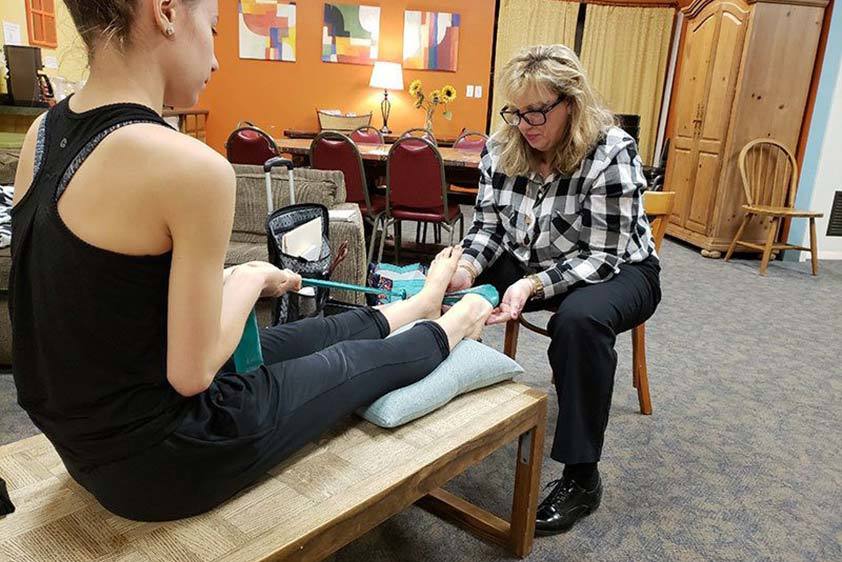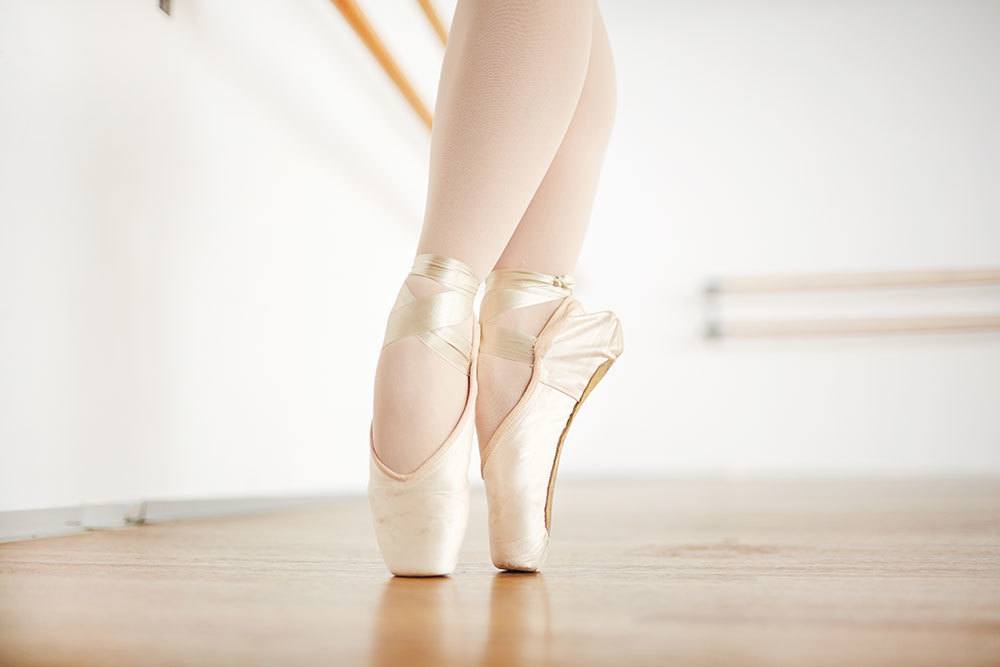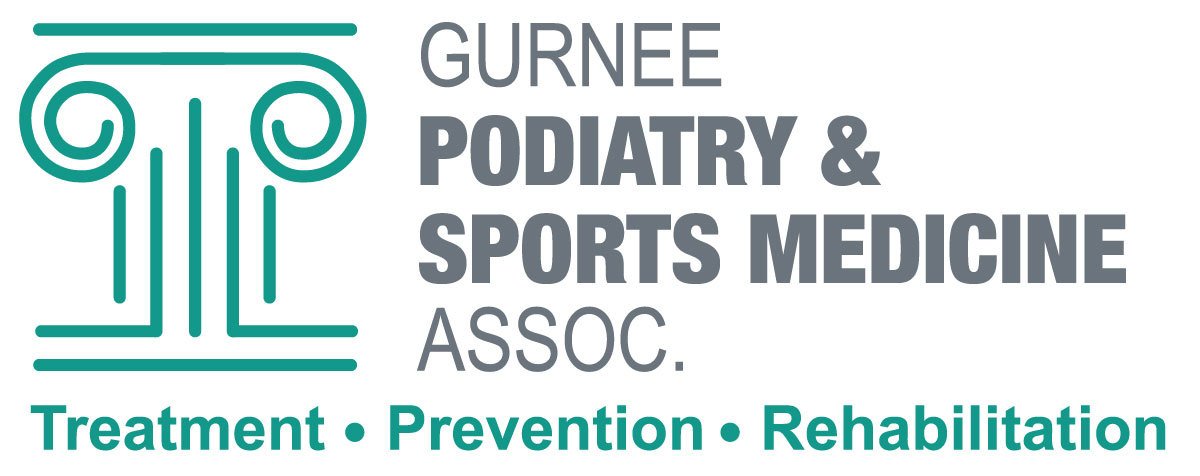Pointe Readiness
Readiness is individual to the dancer
Starting Pointe Work
Readiness is individual to the dancer. Generally, though, the most common age is between 11 and 13. Before age 11 or 12, children are less likely to be neurologically, structurally and mechanically capable of the concentration, proprioception (awareness of the body in space) and strength needed for pointe work.
Emotional maturity is also important, because they need a solid sense of responsibility to care for their bodies and use pointe shoes correctly. After age 14 or so, it can be more difficult to get started, because the feet may not have made the necessary adaptations that occur during ballet training, from constant stretching and strengthening.
Many dancers do begin successfully in their teens, though, and even adults can begin pointe with proper training.




Should my feet hurt while on Pointe?
Dancers do have to get used to some discomfort from the snugness of pointe shoes and the pressure of carrying the body’s weight on the toes. They should not, however, have to suffer significant pain or have their feet deformed.
Excellent fitting is essential for keeping the feet healthy. Properly fitted shoes keep feet supported to avoid sinking or knuckling (crumpling at the toe joints) into the toe box, and should minimize abrasion and blistering (from the shoe rubbing against the foot).
Don’t over-pad the toes because thick pads can interfere with the fit and with the dancer’s control. I like lamb’s wool better than most pads, because it is soft and gentle, it can be molded to fit the contours, nooks and crannies of the toes and to make up for differences in toes’ lengths, and it leads to less troublesome wetness than synthetic materials.
Dancers should keep their shoes dry and avoid squashing them down, and they must replace worn-out shoes promptly. In old or misshapen shoes, dancers are more likely to sink, knuckle, sickle (roll toward the little toes) or wing (roll toward the big toe). Point shoes should be changed very frequently the average life is 10-20 hours of usage.
Dancer Body Management
Young dancers might not understand what an important investment it is to take care of themselves, but I know dancers in their 30s and 40s whose bodies are in wonderful shape because they care for them every day.
Dancers should get plenty of sleep, eat a healthy and nutritious diet and stay hydrated. They should warm up before class and stretch after class.
Don't force turnout as it can lead to serious knee and hip problems as well as bunions and other foot and ankle injuries from over ''pronating''/ ''rolling in''.
Always do special exercises for the feet and ankles, to augment the work she does in class.
"Thank you for the time you spent with Hannah. If there is ever a need for sports medicine you will be our first choice and not a second opinion"
- M. K .
The Russian Pointe Experience
Interview with dance specialist Dr. Lisa Schoene
Beginning Point & Readiness
Foot Care Tips for Dancers
Anatomy & Pointe Work
Common Dance Injuries
She always keeps in mind the movements of each sport and incorporates that into the treatment plan.
Dance Injury Prevention
Nutrition & Injury Prevention
Strengthening Exercises
Proper Point Shoe Fit
"Dr. Schoene, I just wanted to thank you again for helping me to treat my foot issues and giving me the tools to prevent future injuries. Tap dance is my passion and being able to dance pain-free makes it that much more enjoyable. Thank you for being so generous and easing the financial burden that I have anxiously been anticipating I am forever grateful."
- K. S.
